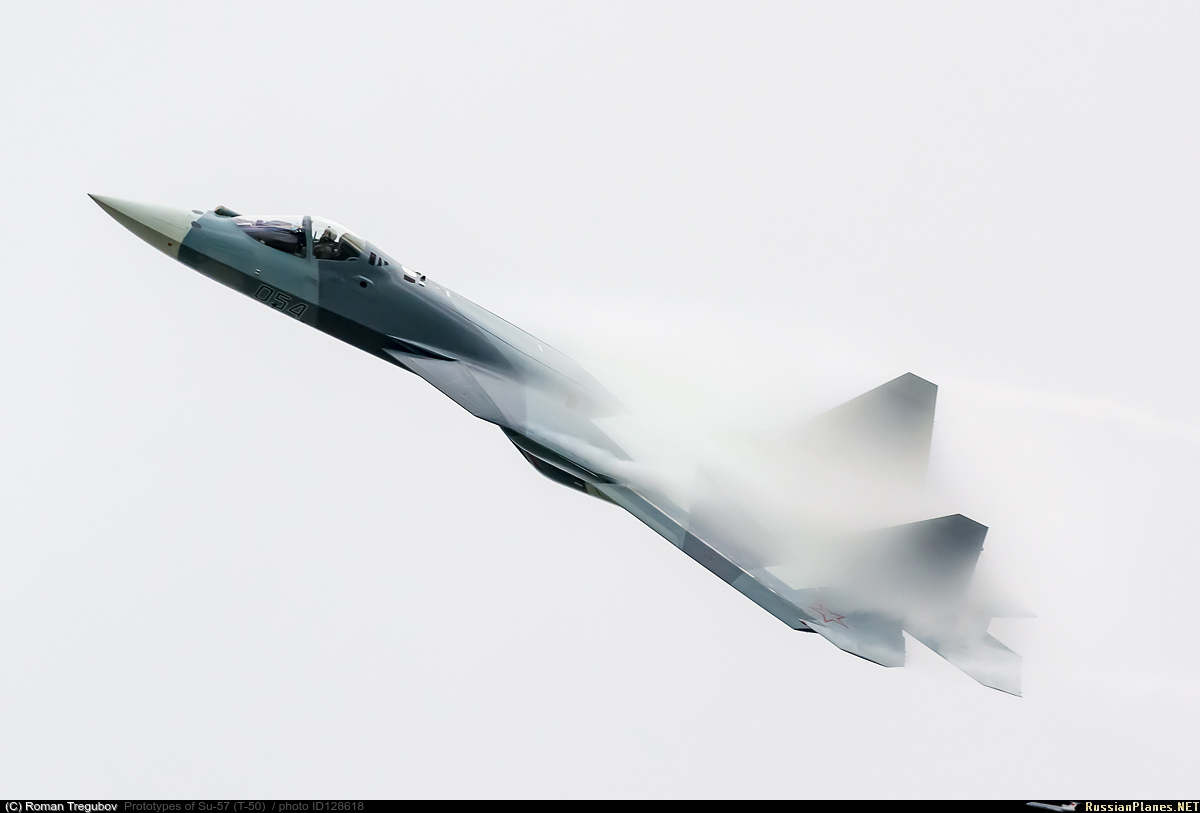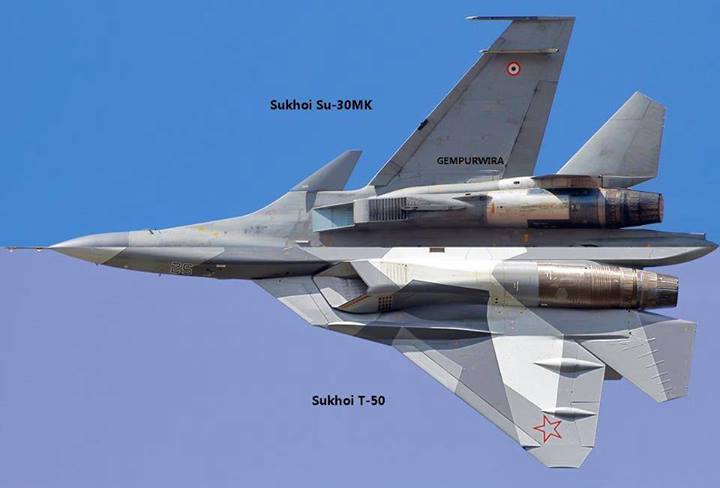This is what I call a self-contradictory argument. You argued not having lift is bad due to lack of maneuverability, at the same time that you are arguing having lift is bad due to drag.
At cruise, the best location to keep a canard is not a position at minimum lift and minimum drag, but at a position that maximizes the lift and minimizes the drag for the entire aircraft. That is also known as optimizing the lift/drag ratio. There is no requirement that canard has to create zero lift.
As to the canard having to move frequently, it is not unique on the J-20 as fighters with tailplane also face the same problem. . After all, the whole point about instability is to enable tiny control surface movement to cause large change in the aircraft's motion.
When it comes to wing loading, the metric is only useful to aircraft that purely rely on wing for lift such as airliners and military transports. The metric is nearly useless in gauging performance of modern fighters, starting from the F-16. The reason being is that modern fighters also employ the effects of vortex for lift. This is done by extending the root of the wing forward, resulting in a surface that slices the air at an angle, causing the air to swirl and creating more suction above the wing. The vortex effect increases as the angle-of-attack of the aircraft increases, in essence allowing the aircraft to get more lift when it needed the most.
In addition to the vortex effect I described above, the J-20 also generate another vortex system through the canard. This is achieved whenever the canard is in a non-zero angle-of-attack position. Unlike the vortex system earlier, the system from the canard is also tunable, resulting in many aerodynamic wonders that is not doable with a traditional configuration. The flat belly of J-20 also acts as a lifting surface, turning most of the fuselage into a wing, which creates more lift.
So, on J-20 there are three methods of generating lift in total. At cruise, most of the lift comes from the delta wing, minimizing drag. In a turn, the total amount of lift can be ramped up to 1.8 times of what the wing is capable of producing. So in your scenario, a J-20 pilot would have no problem making sharp turns to get behind an opponent's tail.
Yeah Sam, he does have you here buddy, the Eng understands the aero's of the J-20, even though he is an "ornery cuss",, funny to see you lads banished to the aerodynamics thread, always happens when we get into a great discussion of the J-20, that actually has something to do with the airplane, everyone likes the pretty pictures, but they don't give a rats rear end about what makes it great, or not???? the last post here was Aug of 2013 by me,,,,,, if we had any sense, we would make this THE preeminent thread on Sino Defense.
Hi Eng, sorry to refer to you sir as an "ornery cuss", but I did get a little chuckle, I'm surprised one of the mods didn't move that whole conversation over here, LOL
and Sam, as much as I love your presence on here to keep us honest, the Eng is right, the canards contribute to total overall lift and stabilators "always" create a downforce, or negative lift on the tail, as they say, "that's just the nature of the beast", but like you, I am still a fan of the "conventional configuration", but I do see the beauty of the canard????
don't worry Eng, I've got your six, and I liked your discussion! brat
Last edited:



